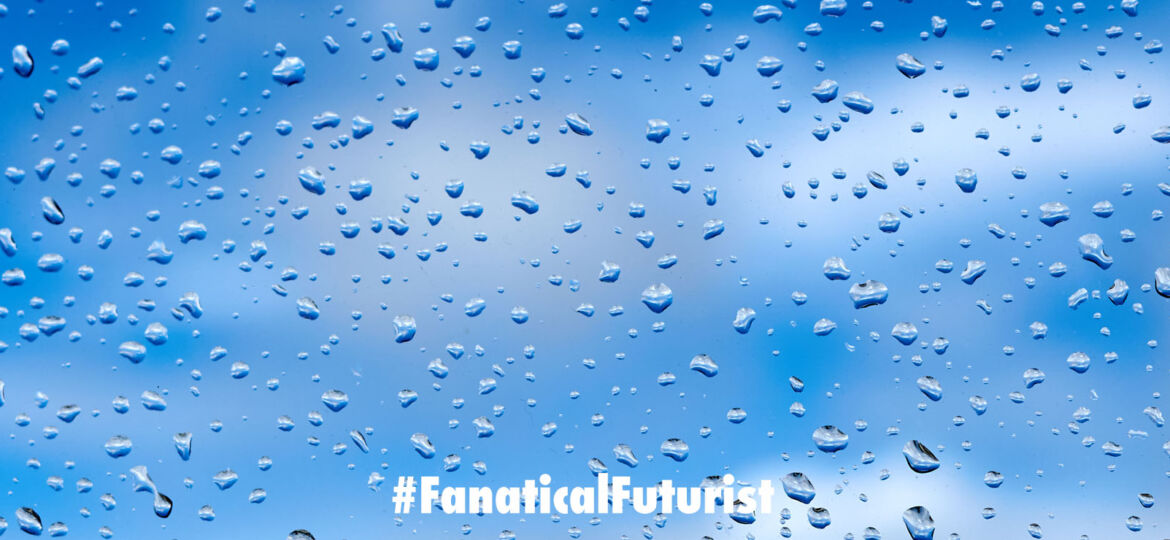
WHY THIS MATTERS IN BRIEF
Water is seen by many as an increasingly scarce commodity with 129 countries estimated to experience extreme water stress by 2030, this tech could help.
 Love the Exponential Future? Join our XPotential Community, future proof yourself with courses from XPotential University, connect, watch a keynote, or browse my blog.
Love the Exponential Future? Join our XPotential Community, future proof yourself with courses from XPotential University, connect, watch a keynote, or browse my blog.
According to the United Nations the world has a problem with water – on the one hand there’s plenty of it on our planet, but on the other 97% of it is the wrong kind, in other words it’s seawater, and of the remaining 3%, freshwater, most of it is actually inaccessible. Therefore people around the world are trying to come up with new solutions to get clean, fresh water to the people who need it.
While many people think that the answer to our future global water shortage lies in desalination plants, which purify salt water, there’s actually another huge and untapped source of water – the air, which is estimated to contain over of 37 trillion gallons of water vapour. But extracting it cheaply and at scale is obviously a challenge.
However, while some solutions are emerging, now a team led by GE Research has received a multi-million dollar contract to develop 3D printed devices that collect moisture from the atmosphere and convert it into drinking water as part of DARPA’s Atmospheric Water Extraction (AWE) program.

The new heat exchanger
The prototypes – which could eventually supply water for up to 150 soldiers, even in desert environments – will use heat exchange principles to draw water from the air, a 3DPrint.com report explains.
Efficient air water extraction would be a great boon to the US Military as it would remove the need to invest in building water supply chains for missions in remote environments.
However, most atmospheric water capture devices today work on the same principles as dehumidifiers in a standard air conditioning unit, meaning they are bulky and don’t function in arid environments.
Learn more about creating a sustainable future
With this in mind, AWR’s goal is to develop smaller, lighter, and more efficient atmospheric water extraction devices, and ultimately the $14.3 million project aims to develop a water absorber that can be lifted by 4 soldiers and can supply 150 individuals with drinking water.
AIR2WATER, one of five teams to be awarded funding, is developing coating materials called “Sorbents”, as well as 3D printed heat exchangers to make the sorbents more efficient.
Chemical engineers at the University of California Berkeley and the University of South Alabama are working on finding the perfect sorbents — a material that can recover liquids without absorbing them.
GE Research’s team, meanwhile, will develop carefully adapted 3D printed heat exchangers that transfer heat to the sorbent material. This heat essentially acts as a release mechanism for the sorbent materials that prompt them to release the water that has been absorbed.
The research adds to the incredibly promising field of air-water extraction. Just last month I reported on an advance that saw researchers from the National University of Singapore turn air into clean water using a smart aerogel.
In fact, AIR2WATER’s US Military prototype has great potential for eventually being deployed on the civilian market where it could help inhabitants of remote towns and villages to gain access to much-needed clean water.
















